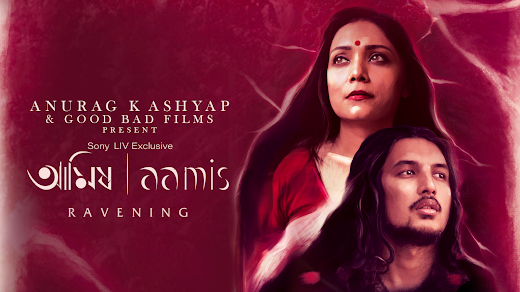A Monologue on the Malayalam Movie 2018
In 2018, Tovino’s character, Anoop, builds a raft from pipes, which he subsequently utilizes to rescue a large number of people who wouldn’t have stood a chance against the floods otherwise. Anoop’s character subtly personifies Malayalam filmmakers with limited resources and unlimited restrictions who make the most impactful films for decades. When the host of Film Companion asked Tovino. “What are you guys smoking, how do you pull off such amazing films all the damn time?” he casually stated “Do you know how hard it is to work with constraints, limited resources, and budget, with salaries that are only a percent of the entire film’s budget yet we are passionately creating movies. we are not smoking anything.” it hit me. Indeed, that’s precisely how you’d feel watching 2018 in the theatres, recreating the horror of Kerala floods in a single 15-acre set by focusing on the practicality and barely depending on VFX it’s unbelievable while watching it on the big screen.
Sitting in the darkness of a packed theatre and experiencing what they’ve created while with every few minutes that pass by you wonder: HOW THE HELL DID THEY DO THAT? In an era of crass and obnoxious VFXs in movies, there’s this masterpiece with negligible VFX and a hell lot of effort that makes it seem like you’ve lived through the lives of these characters. Throughout the movie, you see how the rain goes from drizzles to storm, you see how it slowly engulfs everything. The buildings that are 2 floors deep underwater, the helicopter lift, the relief camps, the roads that look like waterways, it's incredible that the whole team made that fateful day come alive, it takes a while for you to realize you’re in the comfort of a movie theatre 5 years later watching a movie about a disaster that destroyed thousands of lives.
I can’t help but say how the cast pulled off their roles exceptionally well, all of the lead roles had a character arc and kept their momentum throughout. The film’s numerous characters are mostly introduced in the first act, and these people later play crucial roles in the story. When an arrogant man rejects his daughter’s marriage proposal by talking ill about fishermen, something tells you that he’s going to regret it later, when a government official builds his dream home, you painfully realize it’s going to get washed away. When the script focused a little more on Anoop, an ex-military man, I knew there was impending doom coming his way. Jude Anthany tactfully makes us realize the catastrophe a butterfly effect creates, and that’s the beauty of the film, it empathizes with the survivors because the familiarity and the fresh-as-yesterday memories of the harrowing days accentuate these emotions.
No common man dies in the film or rather is seen suffering reaffirming that there’s hope and those who do are indeed saviors. There’s something about films covering real-life incidents especially when it’s about a natural calamity or an endemic like Nipah Virus, I didn’t think it would bring me to tears but the last scene and end credits hit home. In a nutshell, the film pays homage to everybody who was there and isn’t here anymore, it stands true to its name - Everyone is (indeed) a hero.









Comments
Post a Comment